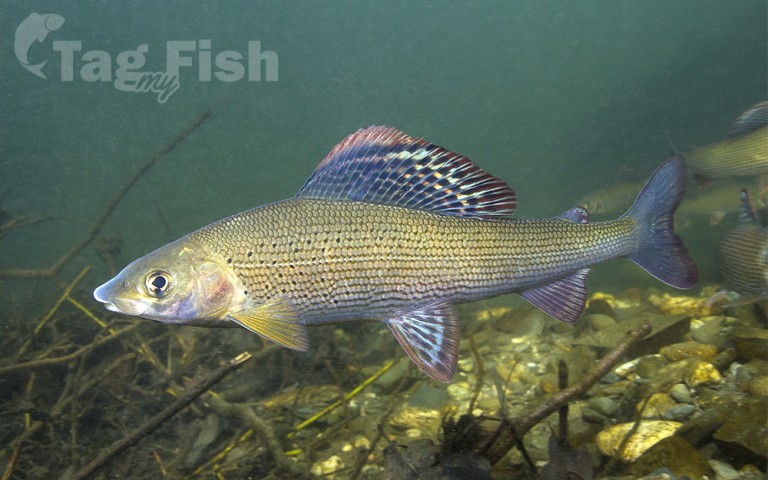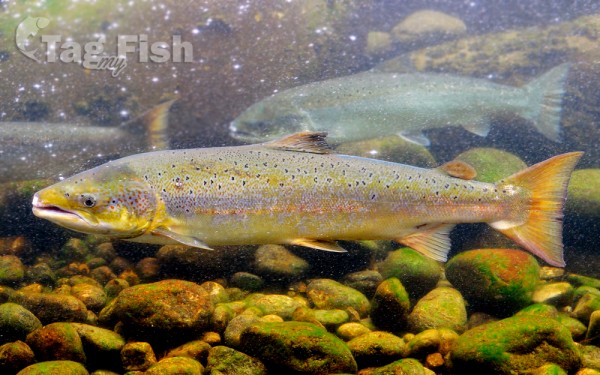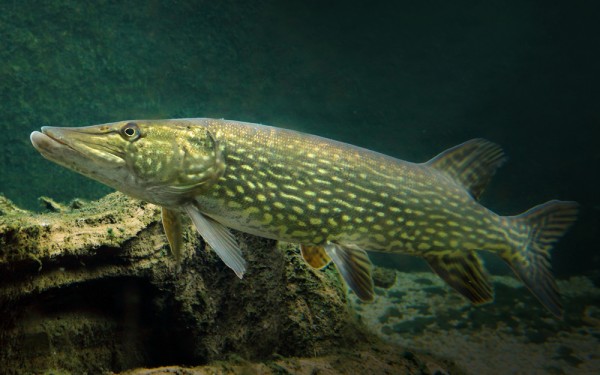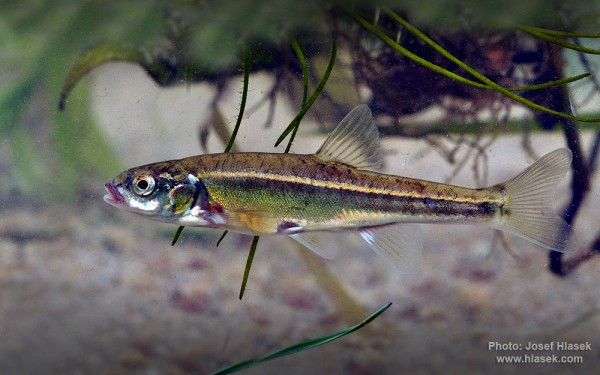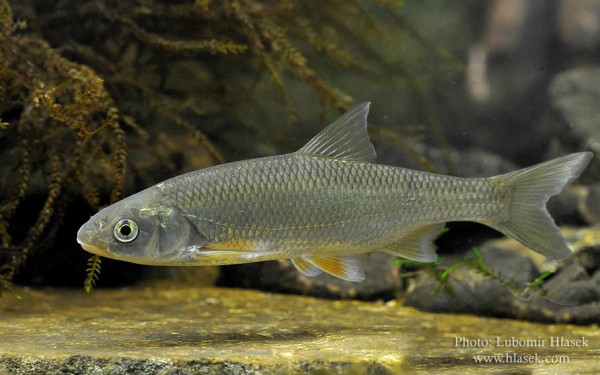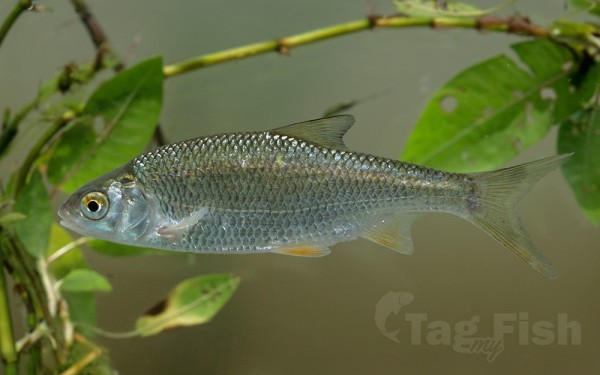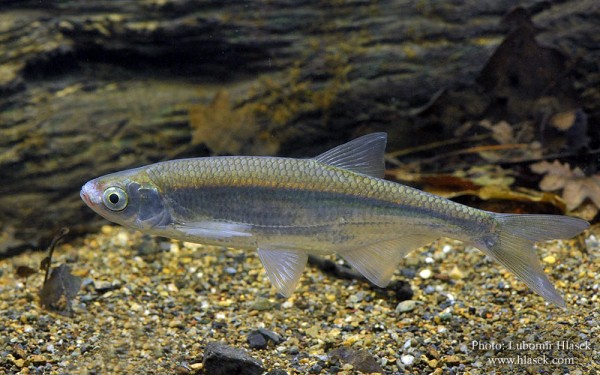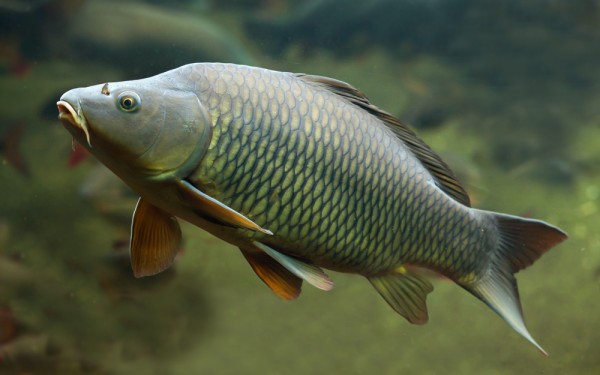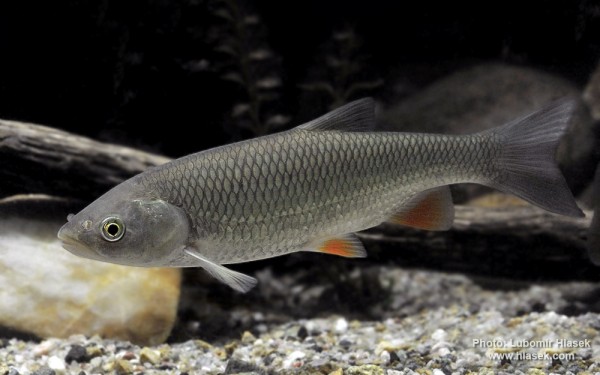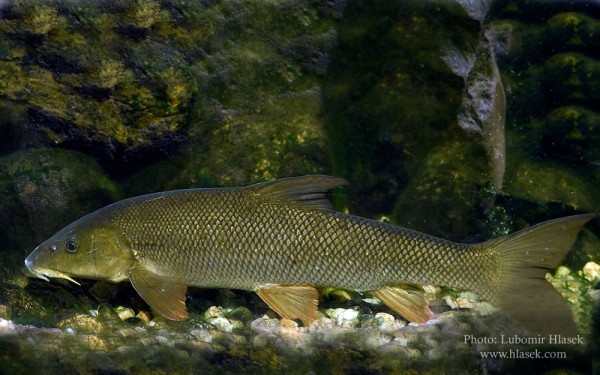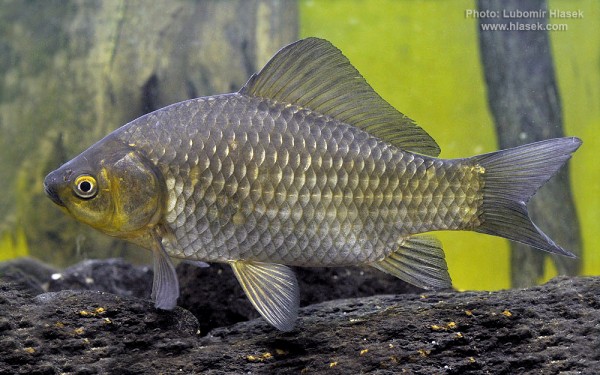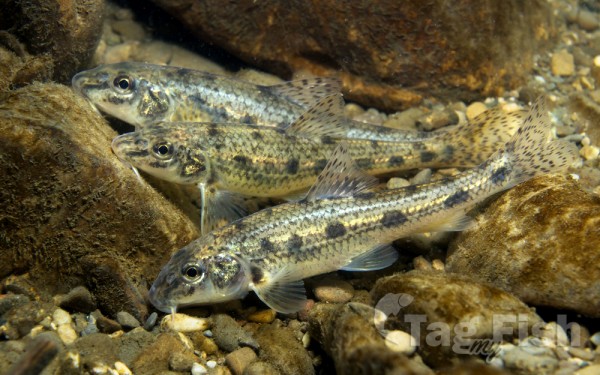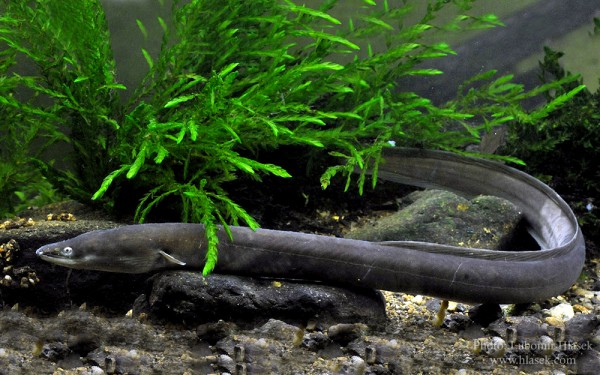River Wye

Salmoniformes - Salmons and Trouts
Esociformes - Pikes
Cypriniformes - Carps
Anguilliformes - Eels and morays
Gasterosteiformes - Sticklebacks
Salmoniformes - Salmons and Trouts
Esociformes - Pikes
Cypriniformes - Carps
Anguilliformes - Eels and morays
Gasterosteiformes - Sticklebacks
Salmoniformes - Salmons and Trouts
Esociformes - Pikes
Cypriniformes - Carps
Anguilliformes - Eels and morays
Gasterosteiformes - Sticklebacks
The River Wye is the fourth-longest river in the UK, stretching some 250 kilometres (155 miles) from its source on Plynlimon in mid Wales to the Severn estuary.[For much of its length the river forms part of the border between England and Wales. The Wye Valley (lower part) is designated an Area of Outstanding Natural Beauty. The Wye is important for nature conservation and recreation, but is severely impacted by pollution.
Fish species
The river contains brown trout and many coarse fish species including stone loach, dace, roach, eel, grayling, gudgeon, minnow, carp, three-spined stickleback, and rudd. It is one of the UKs top rivers for barbel and also has good stocks of large chub, silverfish and pike.
Salmon
The Lower Wye has been designated as a salmonid fishery under the EC Freshwater Fish Directive. The Wye used to be considered one of the best rivers for salmon fishing in the United Kingdom, outside Scotland. In the 1980s and 1990s salmon in the Wye declined dramatically. In 1967 the Wye rod catch was 7,864, and as recently as 1988 it was 6,401; but by 2002 it was only 357. Attempts are being made to help the river recover from this low, such as the extensive habitat improvement work carried out by the Wye and Usk Foundation, set up to restore the spring salmon runs, however results have been largely disappointing. In 2015 the five-year average once again climbed above 1,000 and it is now the third best salmon river in England and Wales, surpassed only by the Tyne and Wear.
The Wye was particularly famous for its large spring salmon that had spent three or more years at sea before returning to spawn. They used to enter the river between January and June and sometimes reached weights of over 50 pounds (23 kg), the largest recorded being 59 lb 8 oz (27 kg) landed after a long fight by Miss Doreen Davey from the Cowpond Pool at Winforton on 13 March 1923. The last recorded 50 lb (23 kg) rod-caught salmon from the Wye was taken in 1963 by Donald Parrish and weighed 51 lb 8 oz (23.4 kg). Since the early 2000s the spring catch has been steadily recovering and salmon of over 35 lb (16 kg) have been reported every year since 2011.
